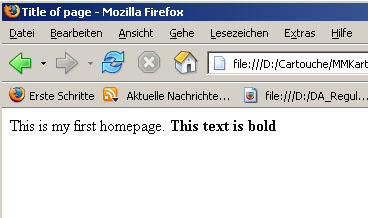1.2.4. World Wide Web
Up to then, all described services were available only for a selected user group (developers and Macintosh users). To make multimedia publicly available and accessible on all platforms, Tim Berners-Lee developed the World Wide Web (WWW) in 1991. WWW is a hypertext-based system that operates over the internet (be aware that the World Wide Web is not the same as the Internet; the difference will be discussed later on in this module). Distributed documents, stored on remote computers, can be accessed electronically via web browser software. The WWW is made up of three standards:
- The Uniform Resource Locator (URL) which specifies how each page of information is given a unique address at which it can be found (e.g. www.karto.ethz.ch)
- The Hyper Text Transfer Protocol (HTTP) which determines how a web browser requests information from the server and how the server makes the data available.
- The Hypertext Markup Language (HTML) is a mark up language designed for the creation of web pages, i.e., information presented on the WWW. HTML encodes the information of a web-page so it can be displayed on a variety of devices. HTML is generally written in text files stored on computers connected to the internet.
Here is an example of HTML-Code and how it looks in the browser:
 |
 |
You will learn more about the three standards URL, HTTP and HTML in a further lesson.
